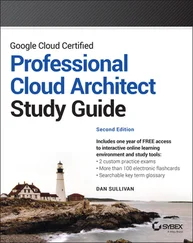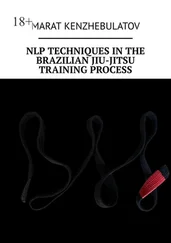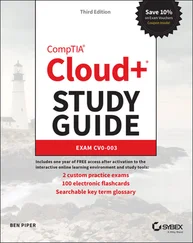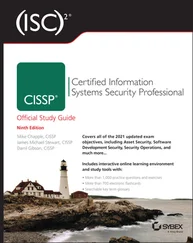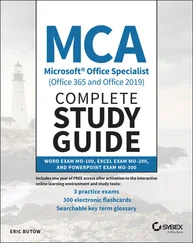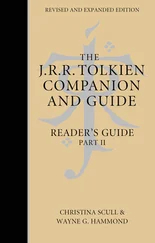Speaking at a gathering of a congressional caucus, Edwards uttered these words:
Good morning. Today, on this day of remembrance and mourning, we have the Lord’s Word to get us through:
The bricks have fallen
But we will build with dressed stones
The sycamores have been cut down
But we will put cedars in their place. 1
By quoting Isaiah 9:10, a major American candidate for high office had precisely uttered Israel’s ancient vow. He had meant it to be a positive inspiration to the audience. He or presumably his speechwriter didn’t read the context. No one realized that in quoting the text, he was unwittingly highlighting America’s defiance in response to calamity, following the exact pattern set by Israel’s original defiance revealed in the text. In other words, the utterance joined the Assyrian invasion to 9/11 and America’s post-9/11 defiance to Israel’s defiance in the face of God’s judgment.
Even more amazing, the entire speech delivered that day was built around that same ancient vow. Edwards took the objects of Isaiah 9:10, the sycamore, the cedar or erez tree, and the hewn stone, and used them as figures or symbols of 9/11, America’s response to 9/11, and what he believed to be national resurgence.
He said the following:
Let me show you have we are building and putting cedars in those three hallowed places. 2
He added this:
And in a place where smoke once rose, you and I, we will see that cedar rising. 3
And this:
You will see that while those bricks fell and the sycamores cut down, our people are making those cedars rise. 4
And then he came to his dramatic conclusion:
The cedars will rise, the stones will go up, and this season of hope will endure. 5
Intending to deliver an inspiring address, he was unwittingly pronouncing judgment on America. Like so many other American leaders, he was unknowingly performing his part of the mystery.
The Ninth Harbinger:
The Prophecy
The prophetic vow of ancient Israel
Unlike any of the previous harbingers, the Eighth Harbinger isn’t about a piece of the mystery of Isaiah 9:10 but the whole of it.
The same is true for the Ninth and final Harbinger.
There is, however, a difference between these harbingers. The Eighth Harbinger is about Isaiah 9:10 in present tense. It’s about a nation uttering a vow in defiance of God. In the case of Edwards, it confirms what America is actually carrying out. But the Ninth Harbinger is Isaiah 9:10 purely spoken in the future tense. It’s about a prophet, Isaiah, speaking God’s word to the full nation, spotlighting its arrogant pride and rebellion and warning it through a sign foretelling its future.
The Ninth Harbinger is as follows: In the wake of calamity, the nation responds through a vow. The vow sets it on a rebellious course ending in judgment. The words of the vow become part of a prophetic revelation given to the whole nation, an indictment of it, a foretelling of its future, a warning of its judgment.
In other words, the Ninth and last Harbinger is especially prophetic in foretelling what is yet to happen.
When did ancient Israel utter the words of Isaiah 9:10, which became prophecy? It undoubtedly did so soon after the calamity, the Assyrian invasion.
The Capitol Hill prophetic vow
Has this final harbinger, the Prophecy, like all of the ones preceding it, reappeared in America? Yes.
On the morning of September 12, 2001, a day after America’s calamity, the al Qaeda breach, the US Senate and House of Representatives, the representative bodies of the entire American nation, issued a joint resolution in response to 9/11.
After the resolution was read, condemning the attacks, expressing condolences, and calling for unity, a war against the terrorists, and punishment of the guilty parties, the Senate majority leader, Tom Daschle, the highest representative of the nation’s highest legislative body, rose to speak.
At the end of the speech, Daschle uttered the following:
I know that there is only the smallest measure of inspiration that can be taken from this devastation, but there is a passage in the Bible from Isaiah that I think speaks to all of us at times like this . . . .
The bricks have fallen down,
But we will rebuild with dressed stone;
The fig trees have been felled,
But we will replace them with cedars. 6
Thus the words of Israel’s ancient vow were officially joined to America and 9/11. Just as Isaiah’s recording of the vow transformed into a matter of Israel’s national record and a prophetic word for all the people, so now the same words were officially recorded in the Annals of Congress as a matter of America’s national record.
As with Senator Edwards three years later, Daschle said these words without realizing what he was saying. And yet there was a prophetic dimension to the occurrence. He spoke of a fallen tree that he knew nothing about, but which was discovered in the days after 9/11. He spoke of the act of replacing the one tree with the other. That would happen two years later. He spoke of the Gazit Stone that would go up in the rebuilding of Ground Zero, and it would happen three years later.
How can a man who is not a prophet speak prophetically? The Bible gives the answer. Men who are not prophets and who may even not know God or, in some cases, be against Him may speak prophetically and say things on two levels without even realizing what they’re saying. So the Gospels record that this very thing happened in the case of Caiaphas when he plotted the murder of Yeshua, Jesus. Yet the very words of the plot had another meaning: that it was necessary for one man to die as a sacrifice so that the people would not perish.
Daschle’s closing vow of “That is what we will do” 7was referring to none other than the ancient vow of judgment. Thus he was saying, unwittingly, that America would follow in the ominous footsteps of ancient Israel. America as a nation would carry out the vow of Isaiah 9:10. His words would indeed be prophetic. As this is exactly what America would do.
WEEK 5 EXPLORE and APPLY
Read chapters 10–13 of The Harbinger.
Watch or listen to the accompanying resource, The Harbinger I DVD or CD from The Harbinger: The Full Revelation eight-disc album.
Read Isaiah 1:1–18; Isaiah 9:10; 2 Kings 17:7–14.
Explore
In Isaiah 1:1–18 the Lord is trying to turn His people back to Himself. How do you think He is doing it? What is His heart in the matter? How do you think people at the time could misinterpret His actions with regard to the nation?
Look at 2 Kings 17:7–14. Use this as a template through which to view what is happening now in Isaiah 9:10 regarding the harbingers the Breach, the Sycamore, the Erez Tree, the Utterance, and the Prophecy. How do 2 Kings 17 and Isaiah 9:10 go together? (Keep in mind it’s talking about the same nation and ultimately the same general time period.)
The Sycamore
In what ways could the sycamores of Israel have been struck down by the Assyrian armies?
The fall of Egypt in the Book of Exodus is the first fully displayed judgment of a nation recorded in Scripture. Can you find in Scripture where this judgment involved the destruction of the sycamore?
In Isaiah 9:10 the fallen sycamore is a sign of national judgment. Where else can you find in Scripture the image of a tree cut down, fallen as a sign of national judgment? (There are more than one.)
Was the sycamore a highly valued tree?
In how many ways is the striking down of a tree different from the destruction of a building?
How is the warning contained in this different from the warning of a destroyed building?
Читать дальше


